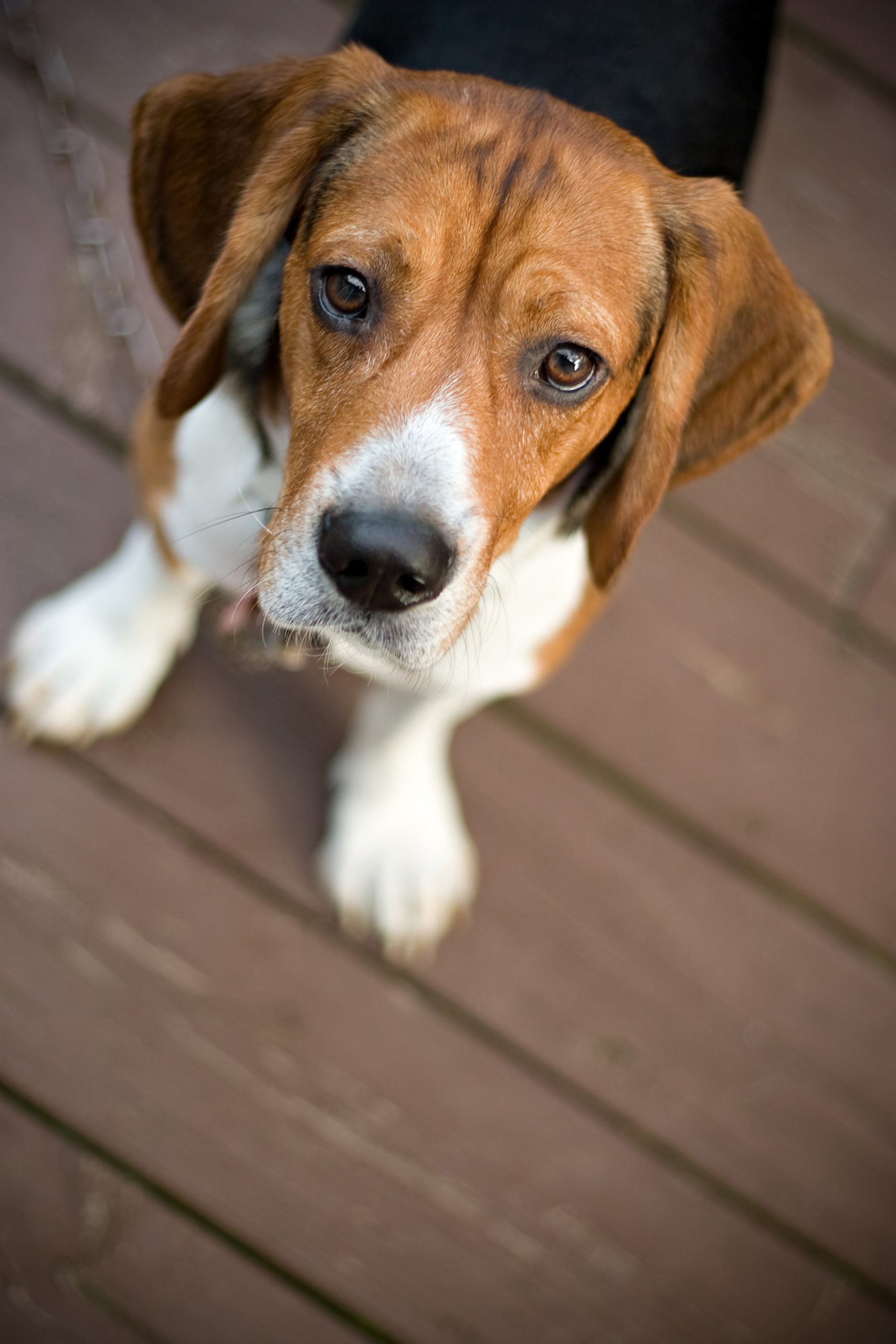Welcome to Indoor Puppy Training 101! In this blog post, we will cover everything you need to know about training your puppy indoors. From potty training to obedience training and how to stop chewing, jumping, and barking in just a few weeks. Let’s get started!
Introduction to Indoor Puppy Training
Indoor puppy training is essential for any new dog owner who wants their pup to grow up well-behaved and polite. It can be challenging to train a young dog, but with the right techniques and dedication, it is possible to teach them good habits that will last throughout their life. The key to successful indoor puppy training is consistency, patience, and positive reinforcement.
When Should You Train Your Puppy
The sooner you start training your puppy, the better. Ideally, you should begin as soon as they arrive at your home. Even if they are only a few weeks old, you can start teaching them basic commands like “sit” or “stay.” As they grow older, you can introduce more complex behaviors such as housebreaking, leash walking, and socialization. Remember, the first few months of a puppy’s life are crucial for shaping their behavior, so make sure to take advantage of this critical period.
The Best Way to Potty Train Your Puppy
Potty training is one of the most significant challenges faced by new dog owners. However, with the right approach, it is possible to housetrain your puppy quickly and efficiently. The best method for potty training is crate training. This involves confining your puppy to a small area (such as a crate) when you cannot supervise them directly. Whenever they show signs of needing to go to the bathroom, take them outside immediately. With consistent practice, your puppy will learn to associate going to the bathroom outside with getting treats and praise from you.
Obedience Training for Dogs: What is the Best Method
There are several methods for obedience training dogs, including clicker training, reward-based training, and dominance-based training. Clicker training uses a clicking sound to indicate when a dog has performed a desired behavior, while reward-based training relies on giving treats or toys as rewards for good behavior. Dominance-based training focuses on establishing yourself as the alpha leader in your relationship with your dog. While there is debate among experts about which method is best, most agree that positive reinforcement techniques are most effective and humane.

How Many Days Per Week Should I Train My Dog
To achieve optimal results, you should aim to train your dog for at least five days per week. However, the exact number of sessions required depends on factors such as your dog’s age, breed, and temperament. Some dogs may require more frequent training sessions than others. Additionally, the length of each session also matters; shorter sessions multiple times per day tend to work better than longer ones less frequently. Consistency is key here too – try to stick to a regular schedule to help your dog understand what to expect.
Stop Chewing, Jumping and Barking in Just a Few Weeks
One of the most common issues faced by dog owners is excessive chewing, jumping, and barking. These behaviors can be frustrating, but with the right training techniques, you can eliminate them in just a few weeks. To prevent chewing, provide your dog with plenty of appropriate chew toys and rotate them regularly to keep things interesting. Teach your dog not to jump by ignoring them until they sit calmly instead. And to address barking, teach your dog the “quiet” command and reward them whenever they obey it.
Other Questions People Ask
What is Introduction to Indoor Puppy Training and how does it work?
At its core, Introduction to Indoor Puppy Training refers to the process or practice of Introduction to Indoor Puppy Training in a defined context. In a simple project you might allocate 5–10 hours to learn and experiment with basic techniques. For example, someone starting out could focus on one key activity and measure how it improves their results. Understanding these mechanics helps you plan budgets, pick tools, and set realistic expectations.
How do you get started with Introduction to Indoor Puppy Training?
- Research at least two reputable sources to learn the fundamentals of Introduction to Indoor Puppy Training.
- Gather essential materials and set a small budget (for example, $50) for supplies.
- Create a step-by-step plan and dedicate 30 minutes each day to practice.
- Track your progress in a journal or spreadsheet and adjust based on what you learn.
What tools or supplies do you need for Introduction to Indoor Puppy Training?
Most projects involving Introduction to Indoor Puppy Training require a handful of basic tools. A beginner should obtain at least three of the following: a measuring tape or ruler, a reliable container or workspace, and a notepad or digital app for tracking data. Depending on your focus, you might also need a timer or specific handheld tools like a trowel or screwdriver. Starting with these essentials keeps costs manageable and lets you focus on technique.
Conclusion
Congratulations on completing Indoor Puppy Training 101! By following these tips and techniques, you can raise a well-mannered and lovable companion who brings joy to your life. Remember, patience, consistency, and positive reinforcement are the keys to success. Good luck with your furry friend!